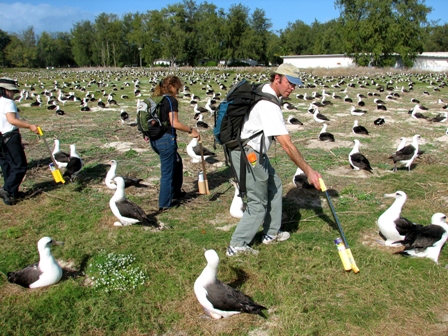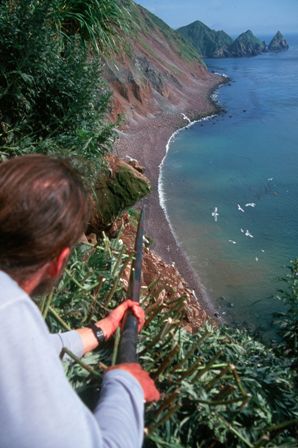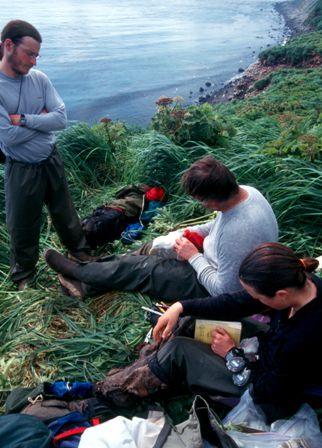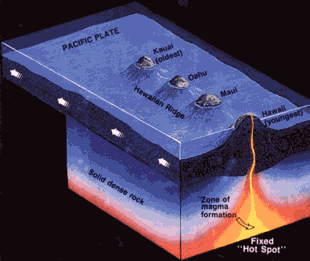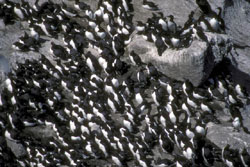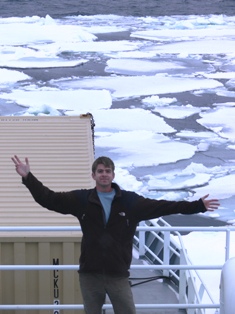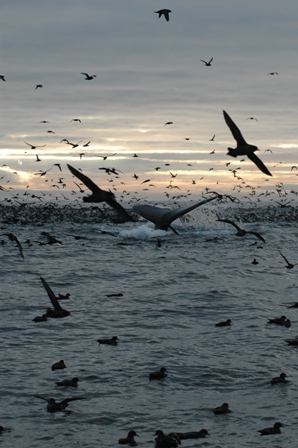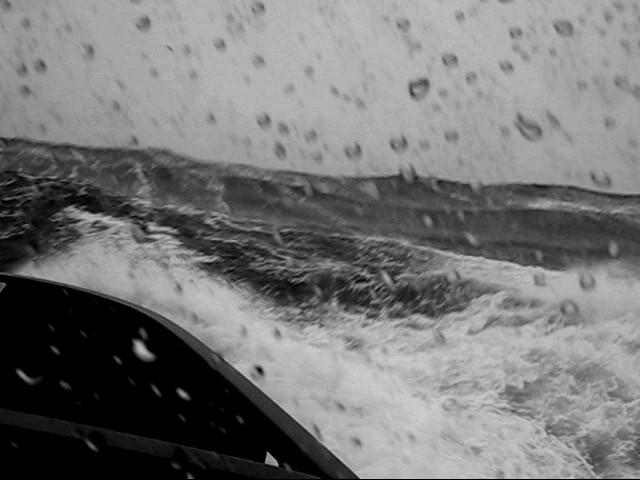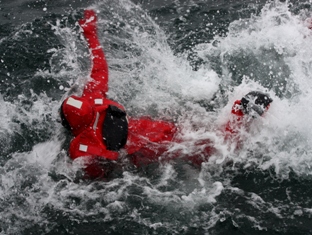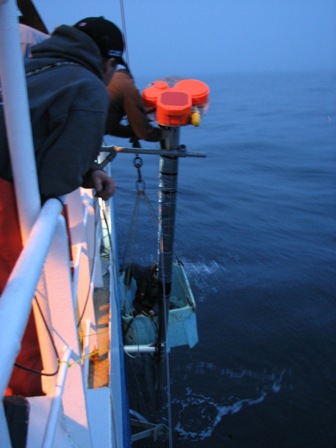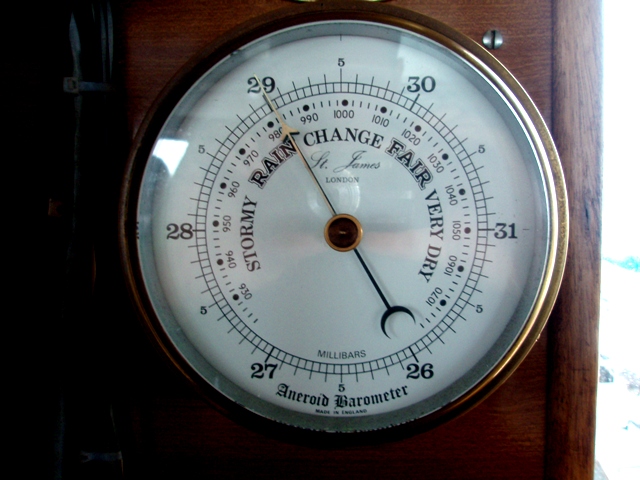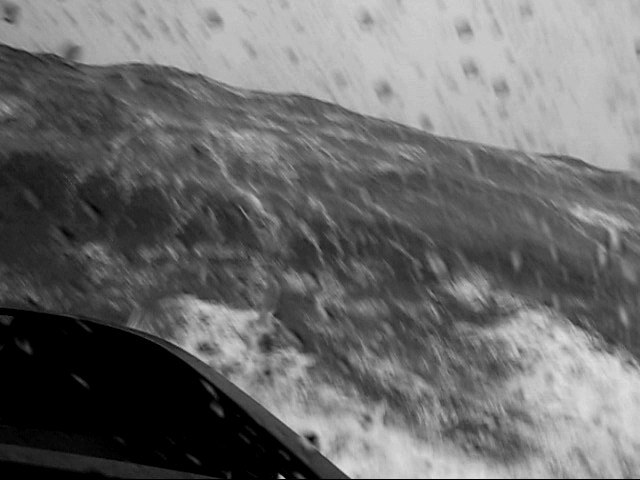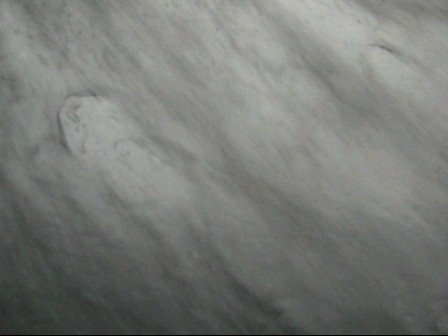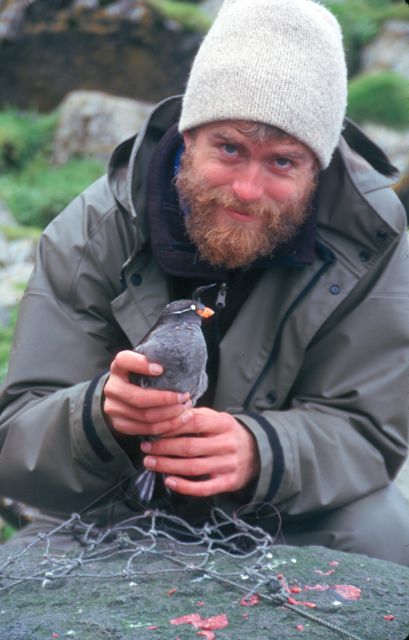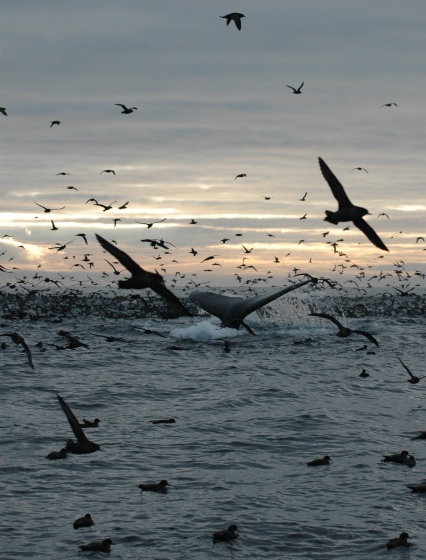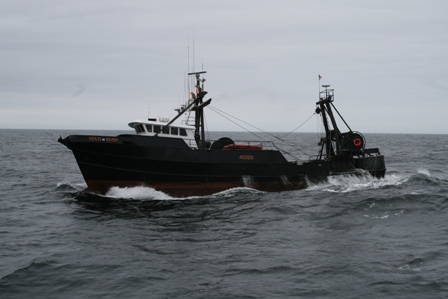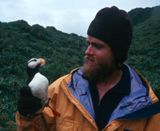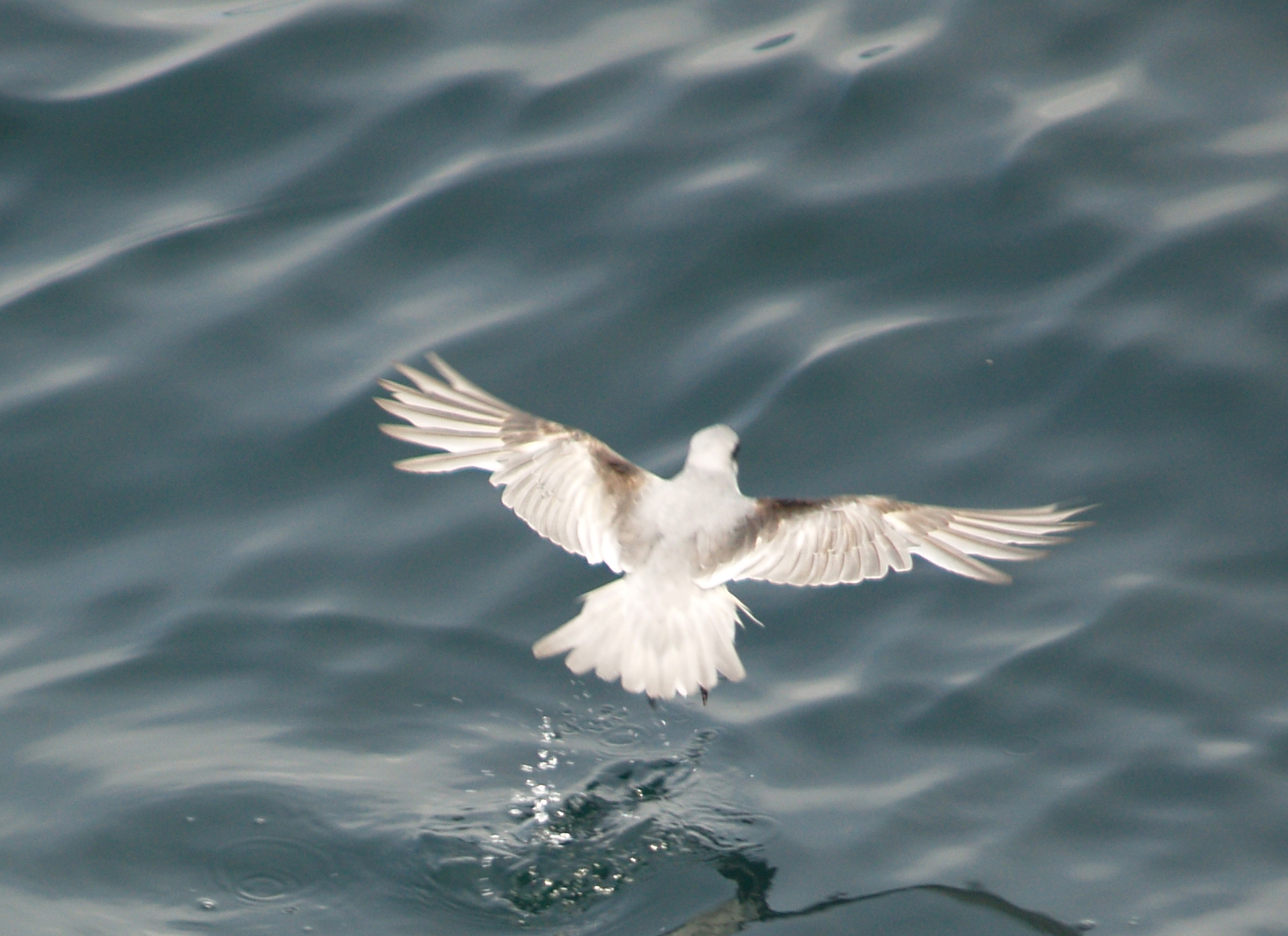by Nate Jones, Vertebrate Ecology Lab
STUNNING, isn’t it?

The magnificent power, the grace, the vigor of truly giant life. BUT, where do whales go when they die??
And, what about all those seals, sea lions, dolphins … heck, walruses, even?!
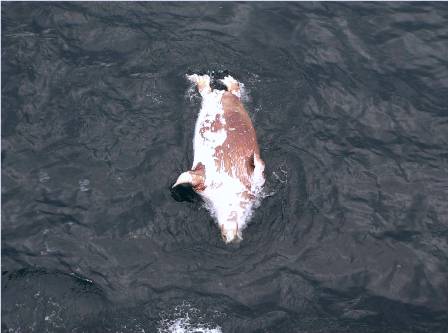
What happens to them if they die at sea, as you might expect most of them would do? To explore this question, we might think to ask a marine scientist (naturally!). And, of course, there are scientists that are studying dead marine mammals (you aren’t surprised, are you?). In fact, Moss Landing’s very own Gillian Rhett is focusing her MSc research on dead whales! Turns out, studying the afterlife of marine mammals is every bit as intriguing as chasing them in the living flesh. Scientists are still learning about what happens to these animals after they die, and it’s a remarkable story.
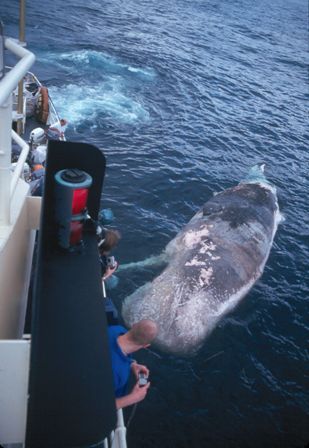
Nate Jones first saw this whale at about 2 km distance; a mysterious, looming chunk of something, floating low in the water, unmistakably immobile in the snotty tumult that is a typical Bering Sea day. Whatever this thing was, it was large. And probably of animal origin; there were about half a dozen gulls swarming the area, looking for a free meal. Sure enough, a Sperm Whale carcass.
You can see how tall tales are born on the high seas! Some of them are true…


